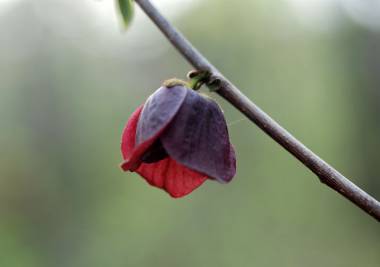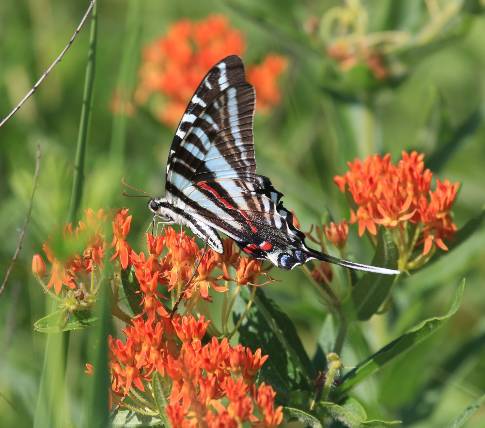Pawpaws: The Native Fruit

Often, when one considers fruit that can be grown in Kansas, the plants that come to mind are not those of a native origin. Crabapples are the only apples native to the United States. Peaches and pears originate in Asia. Even cherry trees have a Western European and Asiatic origin. However, one often overlooked or even unknown native fruit is the pawpaw.
Up to 3 inches wide and 6 inches long, the “enlarged banana,” known as the pawpaw, grows on a tree and tastes like banana and pineapple combined –with a texture like custard. And despite what this tropical taste may suggest, they are native to the eastern United States, extending into eastern Kansas.
Pawpaw trees enjoy well-draining-yet-moist soil, a moderately acidic pH, and high organic matter. This means that, while soils typical to this region can luckily boast an organic richness, the other areas listed may need some manipulation for success. Sulfur may need to be incorporated into the soil for an ideal pH. Organic matter may need to be included for better drainage and moisture retention. Irrigation is also necessary, as moisture should be consistent and not sporadic.
Why have you never seen this elusive fruit on your store shelves? They don’t ship well and tend not to store long. Nevertheless, they are a unique fruit to be enjoyed if one decides to cultivate them and has the time to consume them near harvest.
Being an understory tree that will only reach around 20 feet tall at maturity, pawpaws prefer being grown in partial shade for at least their first 2-3 years of life. Due to the large nature of their leaves, they also need to be planted in areas protected from harsh winds to not sustain damage from being whipped around. There is also the subject of pollination, that must be considered for successful fruiting.
Pawpaws require more than one variety of plants to be present for flower pollination to result in fruit. Ideally, three varieties should be planted within 30 feet of each other. Since the fruit relies on smaller insects for pollination and not bees, this close planting is a requirement for fruiting success.
As a bonus, these trees are the food source and host plant Zebra Swallowtail butterflies rely on for their babies. This striking butterfly has a distinctive wing shape with long tails and a black-and-white striped pattern. It lays its eggs on pawpaw leaves, which ensures the caterpillar will have a ready food source after it emerges.

While it is possible to source many seedling types of this tree, the best practice for having well-performing fruit is to look for named varieties, as this will ensure cross-pollination and the tastiness of the fruit produced. Planting the trees in April will also benefit the plants, giving their fleshy roots ample time to establish in the ground throughout the growing season.
Pawpaws have a shelf life of up to 3 days after harvest and a week when refrigerated. Their custardy flesh is often enjoyed raw but can also be worked into desserts and baked goods, with the caveat that baked goods utilizing the fruit may instigate GI distress. The fruit should not be consumed dried, as under these concentrated conditions, pawpaw is likely to upset stomachs and make the consumer sick.
by Anthony Reardon, Horticulture and Small Farms Agent, 2023
Have questions?
The Garden Hotline is staffed by trained EMG volunteers and Extension staff who will assist you with questions. Phone: (913) 715-7050 | Email: garden.help@jocogov.org